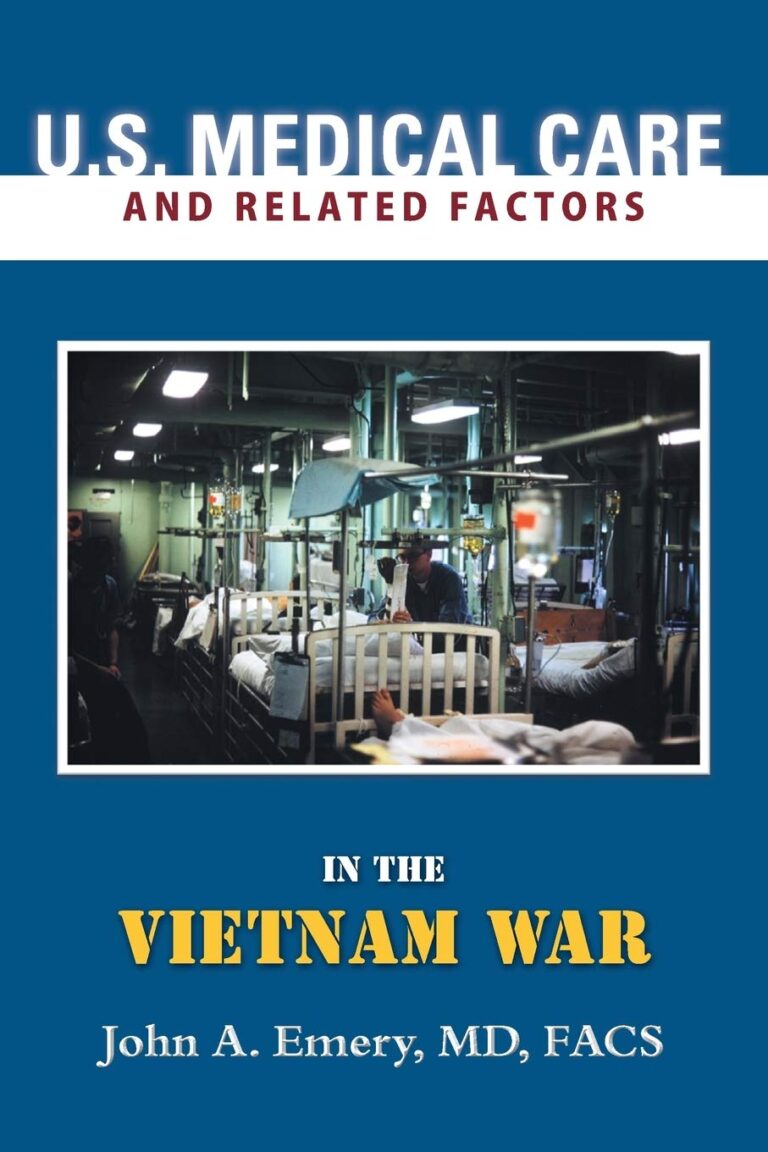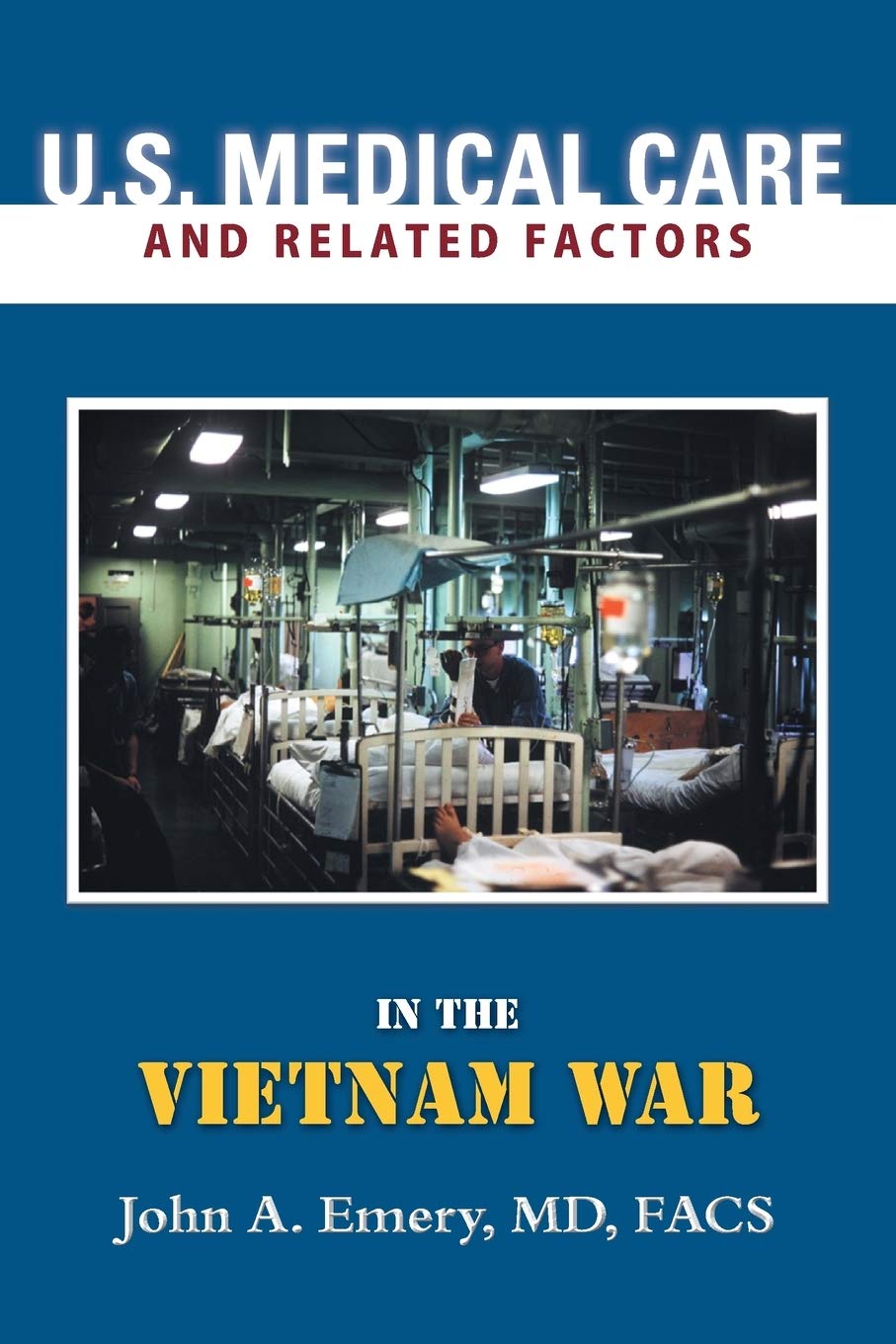Dr. John Emory served as a medical officer for one year in Vietnam, between 1967 and 1968, getting drafted right during his internship. The book does begin with a lot of interesting information about the state of medicine at that time. As he puts it, “great strides were being made in the understanding of human physiology and other subjects that would greatly facilitate the treatment of wounded soldiers in the Vietnam War.” These developments included the invention of the respirator, new burn treatments, disposable syringes, paper masks, plastic intercaths instead of metal needles for intravenous procedures, and the creation of the Intensive Care Unit with specialized monitoring devices.
Dr. Emory’s core thesis is that the medical care provided to American soldiers was the best in the world at that time and saved more lives than in any previous war. He does not provide statistical evidence of this assertion, but he proves his point through two somewhat bizarre observations: first, no other war produced so many disabled veterans; and, second, the violent protests that were then engulfing American cities, sparked off by the 1965 Watts riot, provided doctors and nurses with emergency experience in treating injuries that would come in useful in Vietnam. He also raises a point not often made about the American presence in Vietnam—that this first-class medical care was also provided to Vietnamese civilians as part of an outreach program to win support for the war. However, this was just standard care (albeit better than anything the Vietnamese could have gotten locally) but the first-class treatment was for the wounded soldiers. Emory notes helicopters were a key part of saving their lives, describing it as the “best ambulance service ever seen in the history of United States warfare up until that time.” There were also two hospital ships stationed off the southern Vietnam coast that provided specialized surgical care not available at most land-based hospitals.
Although somewhat sparse in text, John Emery’s U.S. MEDICAL CARE AND RELATED FACTORS IN THE VIETNAM WAR is a photo-rich book and a worthy addition to the voluminous literature on the Vietnam War
~Kevin Baldeosingh for IndieReader


